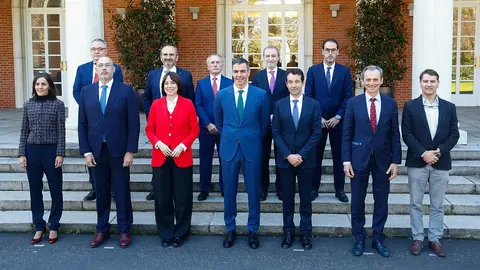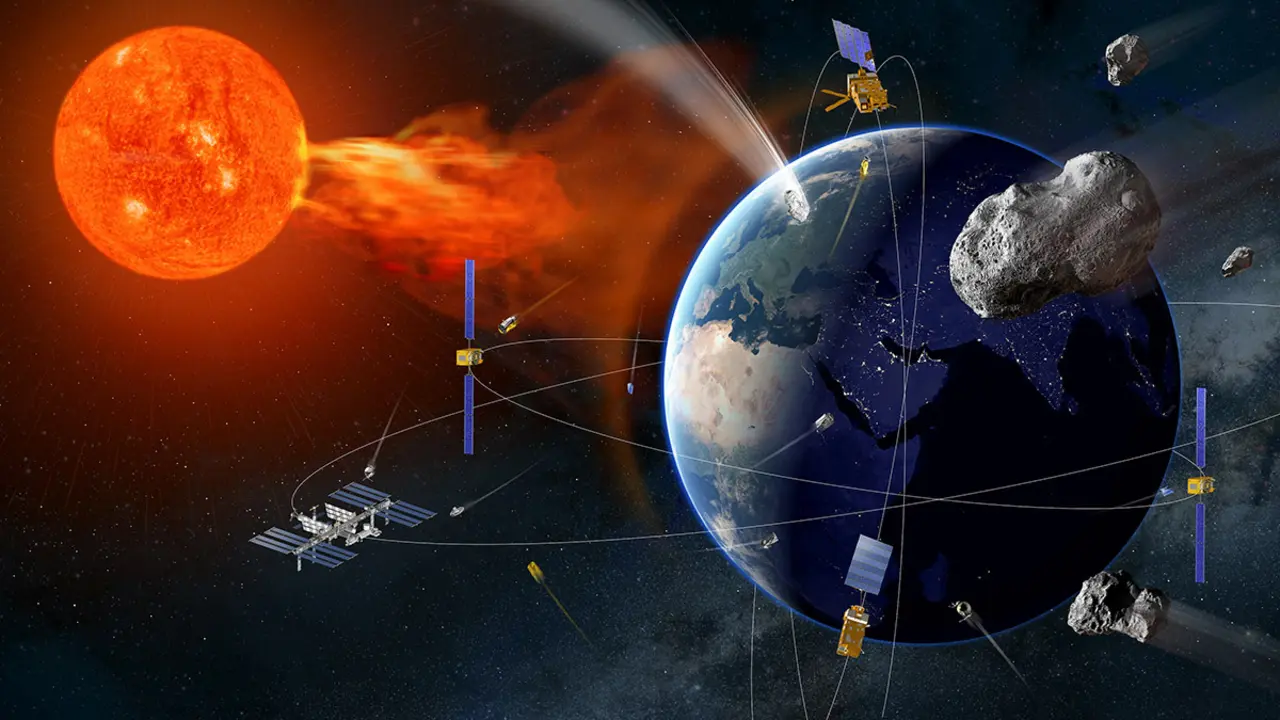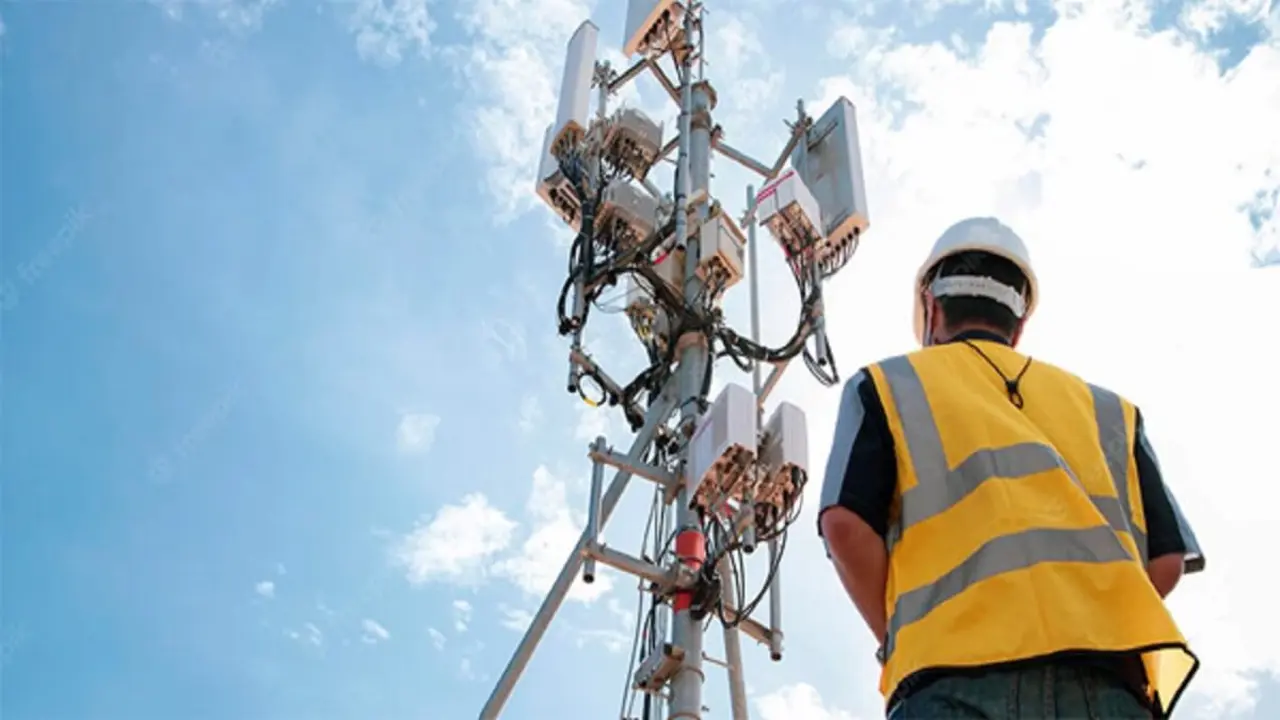Paz 2, the dual-use military programme with which Sánchez wants to surprise the EU and NATO

Overnight, President Sánchez has gone from keeping Paz 2, one of the most important strategic programmes of the Spanish Armed Forces, relegated to oblivion, to making it the standard bearer of public-private collaboration with which to pay the voluntary-compulsory contributions imposed by the EU and NATO to strengthen Spain's military capabilities.
Suddenly, the excuses and delays that had accumulated over more than three years have become certainties and haste. Pedro Sánchez, in order to push forward the delayed development, manufacture and launch into orbit of the new Paz 2 military reconnaissance satellites, has seen that Brussels' Re-Arm Europe plan offers him an exceptional window of opportunity that he is not willing to miss.
The president intends to ‘cause a stir’ among his 27 EU and 32 NATO partners because, in the coming months, he wants to present his Great Security and Defence Plan, one of the main ingredients of which is Paz 2, a spy satellite system of maximum military interest... but also for civilian use: to monitor the environment, protect natural resources, urban planning, plan and monitor infrastructures, assess natural disasters and high-resolution mapping, that is, what is known as dual use. In addition, it will be a substantial part of the Spanish contribution to Copernicus, a joint project of the EU and the European Space Agency (ESA) to monitor the health of planet Earth.
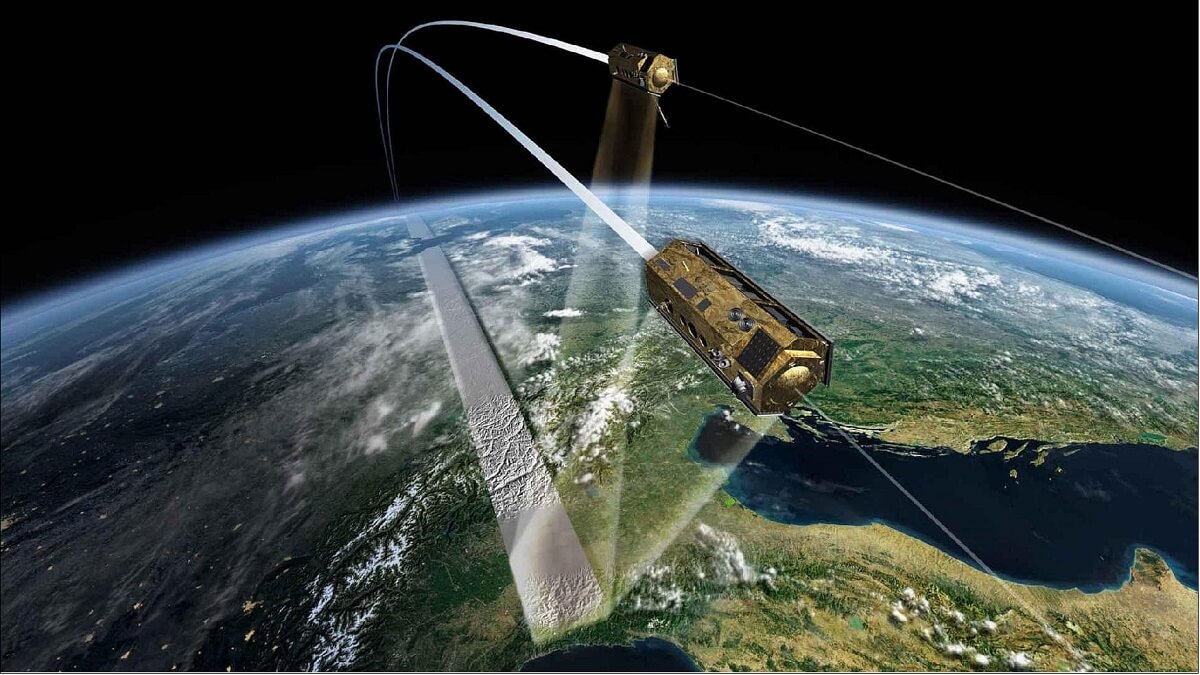
These are state-of-the-art satellites that will carry synthetic aperture radar (SAR) technology and emit microwave signals capable of obtaining very high-resolution images of any area on Earth and under any atmospheric conditions: seeing at night, through clouds and through dense vegetation. So Sánchez is hoping to ‘kill four birds with one stone’: save face with Brussels and NATO and, on a national level, minimise criticism from his allies in the government and win over Spanish public opinion.
The current occasion is ideal because, over the last three years, the Minister of Defence, Margarita Robles, has not found a favourable opportunity to obtain the approval of the Council of Ministers. And the fact is that given the high multi-annual cost involved in implementing the Paz 2 system - a closely guarded secret, but one that will be between 700 and 1,000 million euros - authorisation from the Council of Ministers is the first step towards the signing of a collaboration agreement between the Ministry headed by Judge Robles and the company Hisdesat, directed by Miguel Ángel García Primo.

A green light that will arrive three years late
Such an agreement, dormant for more than 30 months, represents the starting gun for Hisdesat to be able to designate the main contractor that has to make the two great twin inventions a reality. It will most likely be Airbus Space Systems España at its large factory in Getafe, on the outskirts of Madrid, whose technical team specialising in X-band SAR radar technology flat antennas, the main instrument on board the new satellites, is a benchmark throughout Europe.
Paz 2 is a programme sponsored and overseen by the Ministry of Defence, but it is led and under the responsibility of Hisdesat, the company that owns the satellites, which will come under the effective control of Indra before the end of the year. Since 19 January, Indra has been chaired by Ángel Escribano, after the Moncloa (the Spanish presidential palace) promoted its former president, Marc Murtra, to the presidency of Telefónica.
The importance of having two Paz 2 satellites is enormous, although the programme will be born with a significant delay to relieve its 1.3-tonne older brother named Paz - hence Paz 2, its next generation - which was manufactured to have an operational life in orbit of five years, a time that it has already far exceeded. Positioned at an altitude of 514 kilometres, Paz has been in space since 22 February 2018 and has already completed seven years of operation, which means that it has exceeded by more than 40 per cent the time that engineers estimated it could provide service without mishap.
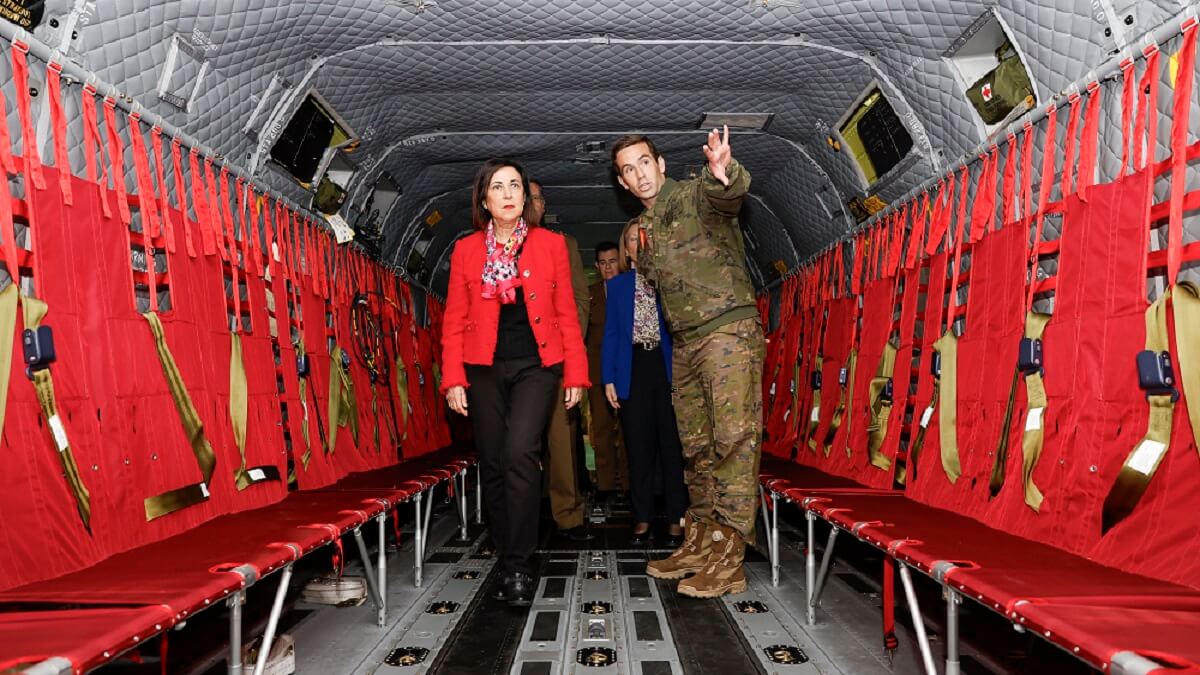
The Chief of the Defence Staff, Admiral Teodoro López Calderón, has the programme listed as a high-priority project, included in the Military Capabilities Objective that sets out the short-term needs of the Spanish Armed Forces. And the minister Margarita Robles and her secretary of state, Amparo Valcarce, have it reflected in the so-called Single Integrated List, also a secret document, which prioritises the urgent need to equip the Army and Navy with weapons, materials, infrastructures, personnel and information and communication systems.
However, due to the complexity of the technologies they carry on board, even if the development of the Paz 2 begins in the remainder of 2025, the first of the two would not be ready for take-off until 2029-2030, ’by which time it is very unlikely that Paz would still be in service’, explains one of several sources consulted who are familiar with the programme and who prefer to remain anonymous for reasons of confidentiality. And if the radar image supply chain were to break down, ’Hisdesat's customers in third countries would look for alternatives, as would the Defence Staff’.
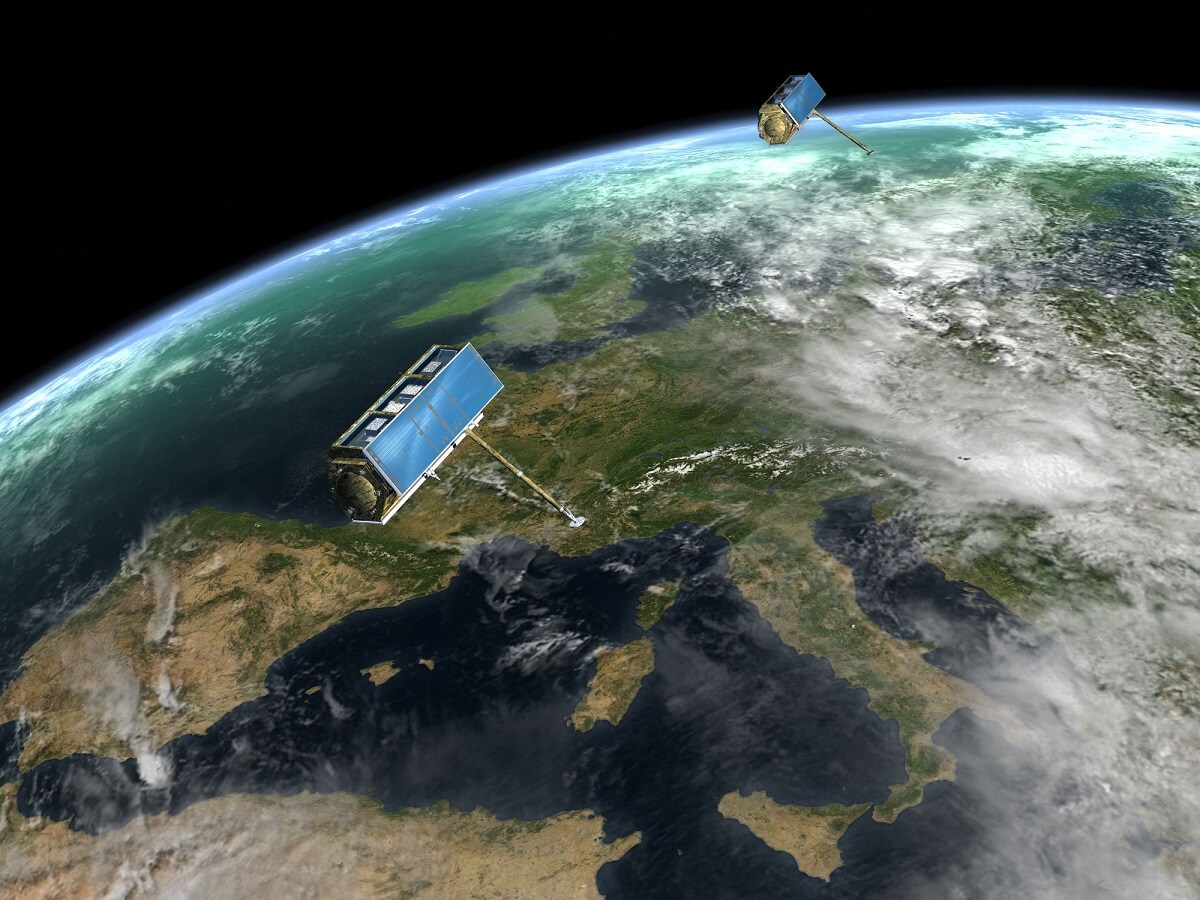
The Rolls-Royce of SAR radar satellites
However, a second source consulted explains that Paz is a satellite ‘that works very well’, which has allowed Hisdesat to ‘save a lot of propellant’ and extend its service life, originally set until 5 September 2023. But in July 2023, Amparo Valcarce and Miguel Ángel García Primo signed an extension of the agreement for five years of the services provided by Paz, until 5 September 2028.
A third expert is of the opinion that the veteran Paz will remain ‘active and without downgrading until it reaches 10 years of age or even more’. But knowing how much additional time it will maintain its original benefits ‘is very difficult to know’ because, in outer space, ‘situations that cause blackouts suddenly arise’. Another technician in the field warns of the risk involved in extending the use of Paz well beyond its expected life. In his opinion, ‘the Chief of Defence Staff cannot be left without an instrument like Paz’, which has proved ‘extremely important for the protection of Spanish troops abroad and to help manage the La Palma earthquake and the DANA disaster in Valencia’.
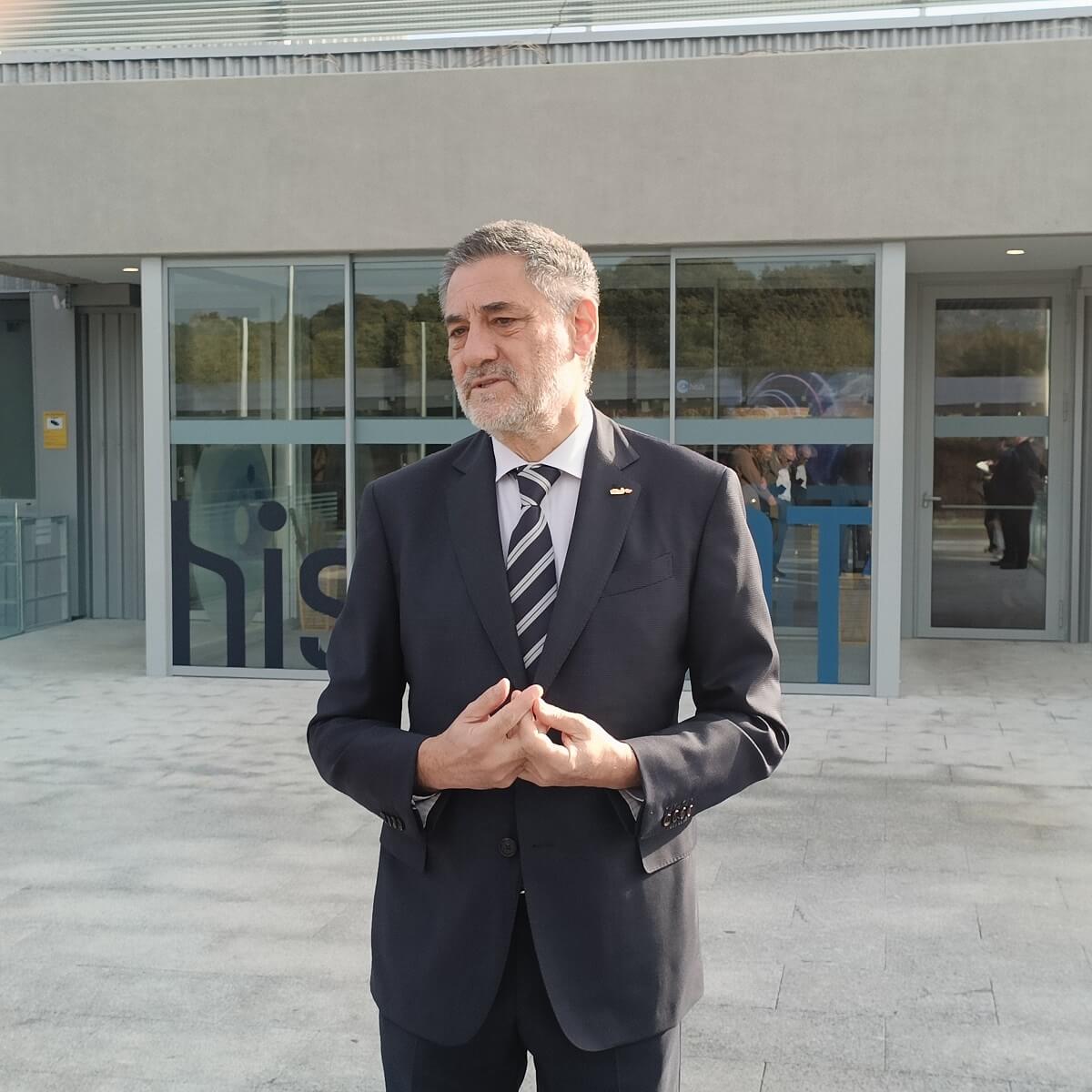
A fourth source emphasises that ‘the Spanish Armed Forces should not exceed the reasonable time limits of Paz's service and jeopardise the national capabilities to obtain intelligence under any atmospheric and meteorological conditions’. There is practically unanimous agreement that Paz 2 ‘are going to be the most advanced radar satellites in the world... I'm telling you, it's that conclusive’.
Along the same lines, another says that they will be ‘the best, the best, the best’ and a third points out that if they were cars ‘they would be Rolls-Royce’. And the fact is that ‘they will have a bandwidth of 1,200 Mhz, which is all that international regulations allow for radar signals today’. This was not possible in the decade in which Paz was manufactured, so the new satellites ‘are going to multiply Paz's observation capabilities some 16 times in terms of resolution and image quality’.

Spanish analysts specialising in the interpretation of radar images have been surprised by the quality and quantity of information that they can extract from the images and data provided by Paz, which weighs 1,350 kilos and has a radar antenna measuring 4.8 x 0.70 metres. The external structure of the old and new generation of Paz is hexagonal, but the new ones will have a mass of around 4 tonnes, their antenna will be almost twice as big, which will allow for a ‘much higher resolution, in the centimetre range... well below 1 metre’, a specific piece of data that is classified as secret.
However, it is known that Paz 2 and its sophisticated antenna are at the forefront of European state of the art, so its resolution for identifying objects on the ground will be around 30 or 40 centimetres, but, with the caveat pointed out by one of those consulted: ‘These satellites will provide a lot, but a lot of precision... but beware! We have to bear in mind that they are not designed to read the pages of newspapers from space’.


